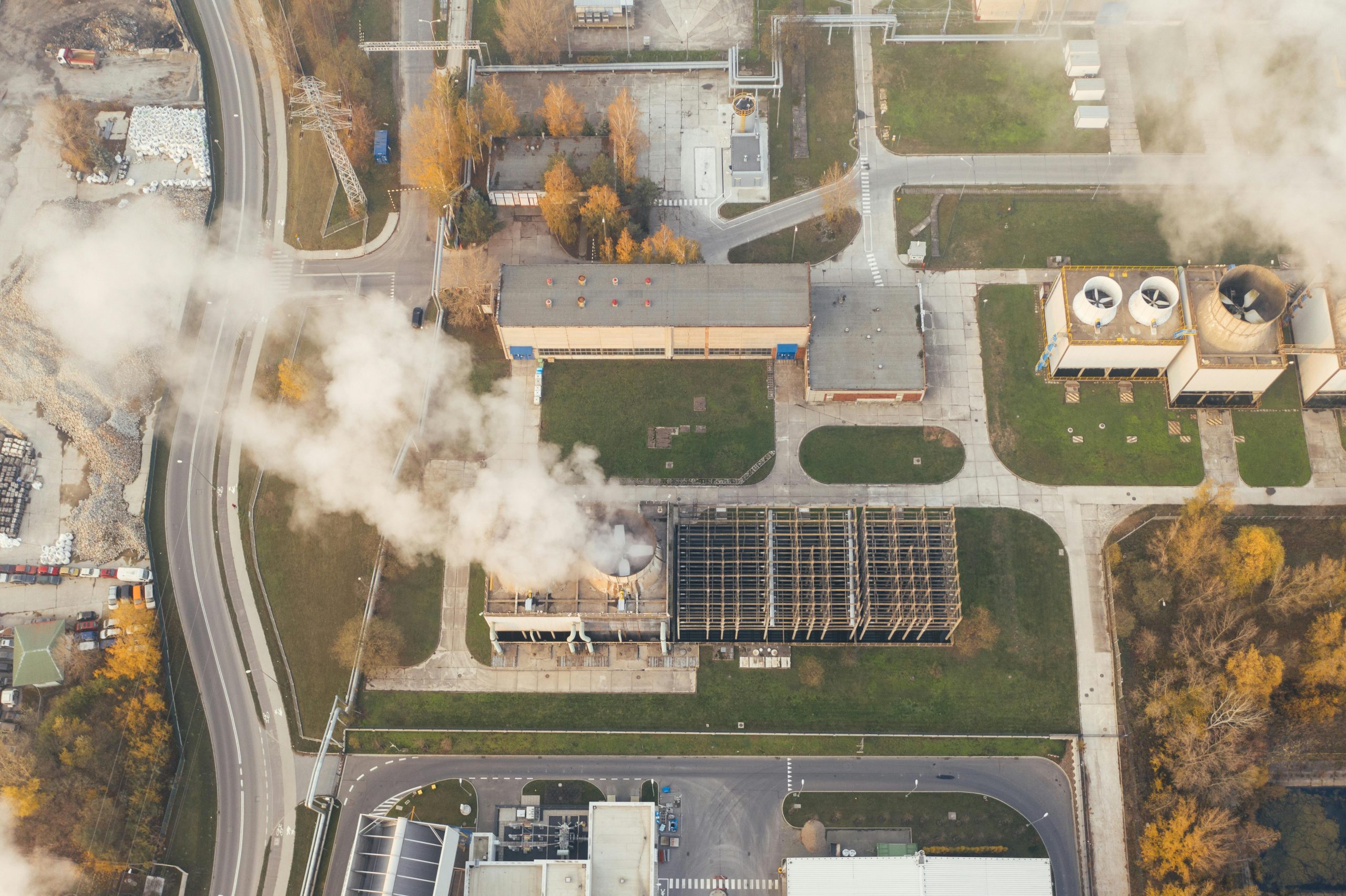Climate change is one of the most pressing challenges of our time, and addressing it requires innovative solutions. Artificial Intelligence (AI) is emerging as a powerful tool in the fight against environmental degradation, offering new ways to monitor ecosystems, predict climate patterns, and optimize resource use. By leveraging AI, scientists, policymakers, and businesses can make data-driven decisions to mitigate the impacts of climate change and protect our planet for future generations.
AI in Environmental Data Collection and Analysis
Traditional methods of environmental monitoring often rely on manual data collection, which can be time-consuming and limited in scope. AI, however, enables the processing of vast amounts of data from satellites, drones, and IoT sensors in real time. Machine learning algorithms can analyze this data to detect patterns, identify anomalies, and predict environmental changes with unprecedented accuracy.
For example, AI-powered satellite imagery analysis helps track deforestation, melting glaciers, and urban sprawl. These insights allow governments and organizations to take timely action to protect vulnerable ecosystems. Additionally, AI-driven models can process historical climate data to forecast extreme weather events, such as hurricanes or droughts, improving disaster preparedness.
AI for Pollution Control and Air Quality Monitoring
Air pollution is a major contributor to climate change and public health crises. AI is playing a crucial role in monitoring and reducing pollution levels. Smart sensors equipped with AI can detect harmful pollutants like CO2, methane, and particulate matter in real time. These sensors are often deployed in cities, industrial areas, and even on vehicles to provide continuous air quality updates.
AI systems can also predict pollution hotspots by analyzing traffic patterns, weather conditions, and industrial activity. Cities like Beijing and Delhi are using AI to optimize traffic flow and reduce emissions. Furthermore, AI helps industries comply with environmental regulations by identifying inefficiencies in production processes that lead to excessive pollution.
AI in Wildlife Conservation and Biodiversity Protection
Biodiversity loss is a critical issue exacerbated by climate change. AI is helping conservationists protect endangered species and restore ecosystems. For instance, AI-powered camera traps and acoustic sensors can identify animal species, track their movements, and detect poaching activities. These technologies provide valuable data without disturbing natural habitats.
Machine learning models also analyze genetic data to assess the health of species populations and predict their vulnerability to climate change. Organizations like the World Wildlife Fund (WWF) use AI to map habitats and prioritize conservation efforts. By automating data analysis, AI allows researchers to focus on implementing effective protection strategies.
AI-Driven Climate Modeling and Prediction
Accurate climate models are essential for understanding long-term environmental trends and formulating mitigation strategies. AI enhances climate modeling by processing complex datasets faster than traditional methods. Deep learning algorithms can simulate various climate scenarios, helping scientists assess the potential impacts of policy changes or technological innovations.
For example, AI models can predict sea-level rise, ocean acidification, and shifts in agricultural productivity. These predictions enable policymakers to allocate resources effectively and develop adaptive measures. Companies like Google and IBM are investing in AI-powered climate research to support global sustainability initiatives.
Challenges and Ethical Considerations of AI in Environmental Monitoring
While AI offers immense potential, its application in environmental monitoring comes with challenges. Data privacy concerns, algorithmic biases, and the energy consumption of AI systems must be addressed. Training large AI models requires significant computational power, which can contribute to carbon emissions if not powered by renewable energy.
Additionally, AI systems must be transparent and accountable to ensure they do not perpetuate inequalities in environmental policy. Collaboration between technologists, environmentalists, and ethicists is crucial to developing responsible AI solutions that benefit all communities.
AI is transforming the way we monitor and combat climate change, offering innovative tools to protect our planet. From pollution control to wildlife conservation, AI-driven technologies provide actionable insights that were previously unattainable. However, realizing the full potential of AI requires addressing ethical and technical challenges. By harnessing AI responsibly, we can accelerate global efforts to create a sustainable future and mitigate the devastating effects of climate change.
